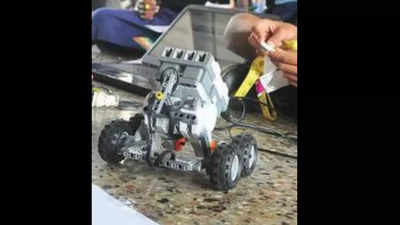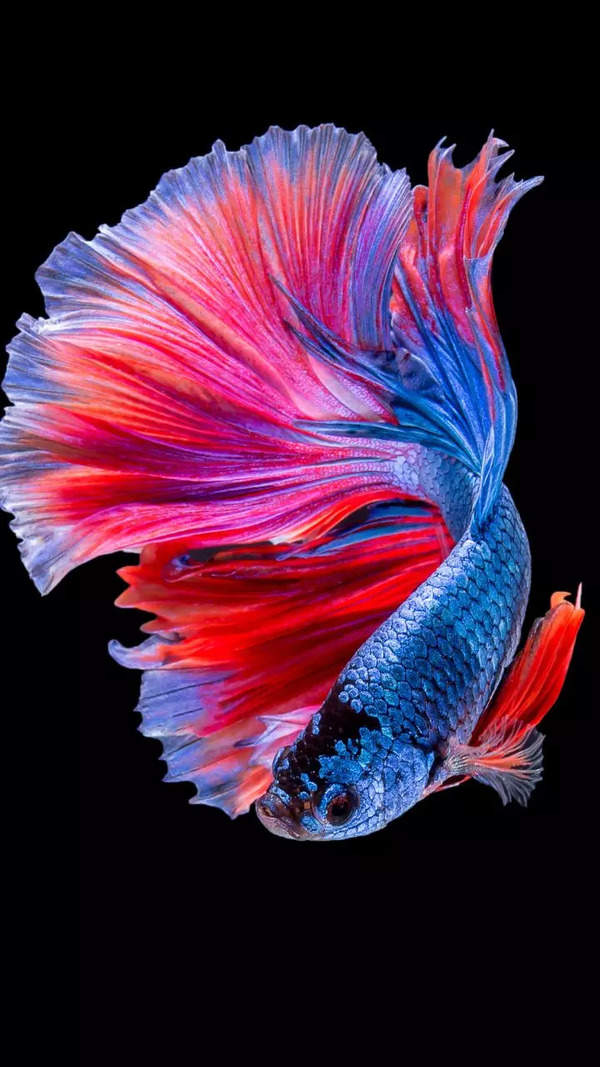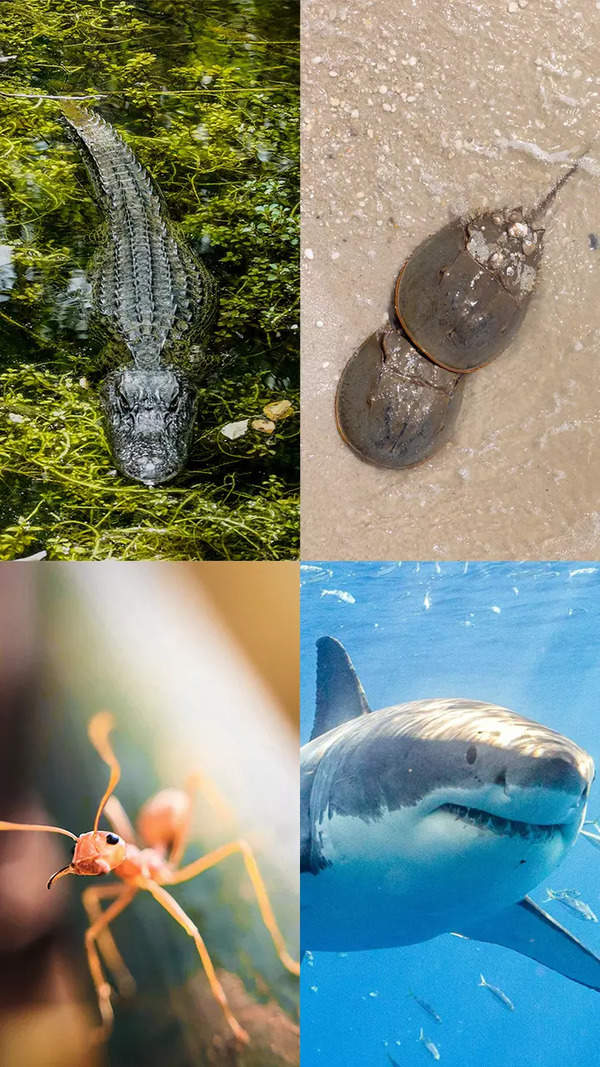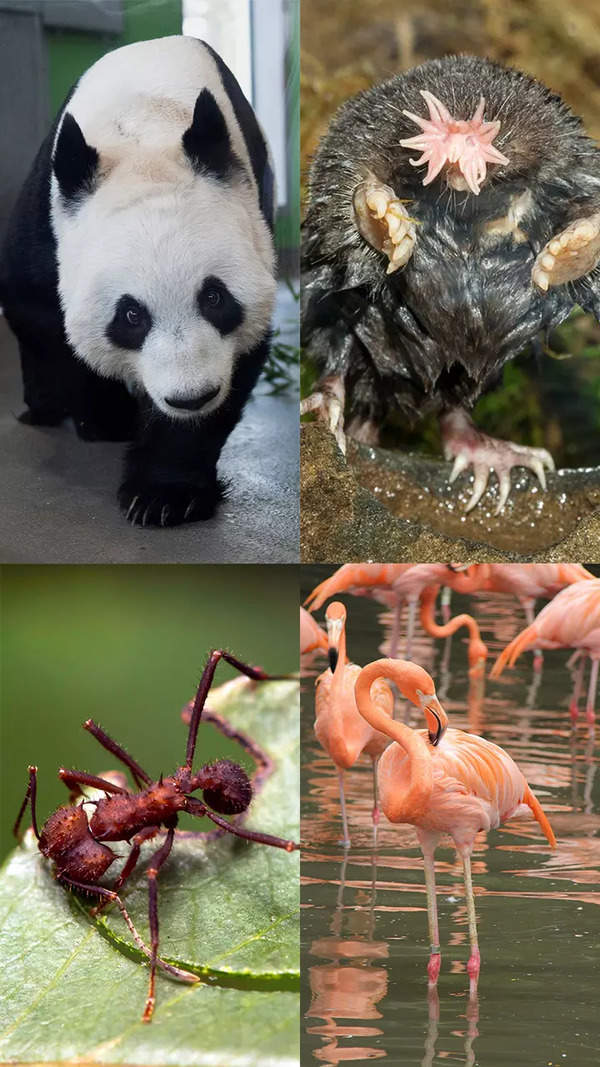Trending
This story is from November 15, 2023
UP, Raj, Odisha to use Goa coding, robotics edu model in pilot project
The Uttar Pradesh government has signed a memorandum of agreement with Goa to replicate its coding and robotics education model. Goa will serve as knowledge partners to the UP MSME Cell, which will implement the scheme on a pilot basis in one district each in UP, Odisha, and Rajasthan. Goa's project management unit has created the syllabus and trained 500 teachers. The curriculum includes evaluation based on various parameters and encourages students to participate in national-level competitions. Goa has also received collaboration queries from the Karnataka government.

The PMU in Goa has created the coding and robotics syllabus from scratch
PANAJI: When Goa introduced coding and robotics education for over 65,000 students of Classes VI, VII, and VIII in more than 435 government and aided schools in 2021, little did the state know that other, much larger states would want to replicate its model.
Now, the Uttar Pradesh government's MSME (micro, small, medium enterprise) cell has signed a memorandum of agreement (MoA) with the project management unit (PMU) specially set up by the Goa government to implement the CM-CARES (chief minister's coding and robotics education in schools) scheme.
Goa will now serve as knowledge partners to the UP MSME Cell, which is preparing to implement coding and robotics on a pilot basis for students in schools in one district each in UP, Odisha, and Rajasthan.
500 teachers trained to implement syllabus
The PMU in Goa has created the coding and robotics syllabus from scratch, training 500 government and aided school computer teachers to implement it. The curriculum is complete with a rubrics-based evaluation system for students. “The students are evaluated on the parameters of knowledge and understanding, problem solving, creativity and innovation, collaboration and communication, and reflection and feedback. Besides this, the curriculum provides for self-reflection and peer reflection as well. We also have a different cell to direct students towards participating in national-level competitions to test their skills,” said Borges.
The PMU recently put a stall at DIDAC, the largest exhibition in Asia to display educational resources and technology-based products and solutions, and the state has also received queries from Karnataka government bodies for collaborations, said Borges. Besides the regular coding and robotics syllabus taught to all middle school children, Goa recently introduced an advanced coding and robotics curriculum as an elective for these students from Classes VI and VIII who have shown exceptional talent and interest in the area. Around 8,000 students are taught this advanced coding and robotics curriculum after school hours in 110 ‘lead’ schools.
Now, the Uttar Pradesh government's MSME (micro, small, medium enterprise) cell has signed a memorandum of agreement (MoA) with the project management unit (PMU) specially set up by the Goa government to implement the CM-CARES (chief minister's coding and robotics education in schools) scheme.
Goa will now serve as knowledge partners to the UP MSME Cell, which is preparing to implement coding and robotics on a pilot basis for students in schools in one district each in UP, Odisha, and Rajasthan.
500 teachers trained to implement syllabus
Goa will be a knowledge partner for these districts, and any revenue earned from it will come to the Goa government. The Goa PMU will help them in creating the required lab environment, experiential centres, and to carry out the teacher training,” said Vijay Borges, project director of the cell created at the directorate of technical education for the implementation of CMCARES.
The PMU in Goa has created the coding and robotics syllabus from scratch, training 500 government and aided school computer teachers to implement it. The curriculum is complete with a rubrics-based evaluation system for students. “The students are evaluated on the parameters of knowledge and understanding, problem solving, creativity and innovation, collaboration and communication, and reflection and feedback. Besides this, the curriculum provides for self-reflection and peer reflection as well. We also have a different cell to direct students towards participating in national-level competitions to test their skills,” said Borges.
The PMU recently put a stall at DIDAC, the largest exhibition in Asia to display educational resources and technology-based products and solutions, and the state has also received queries from Karnataka government bodies for collaborations, said Borges. Besides the regular coding and robotics syllabus taught to all middle school children, Goa recently introduced an advanced coding and robotics curriculum as an elective for these students from Classes VI and VIII who have shown exceptional talent and interest in the area. Around 8,000 students are taught this advanced coding and robotics curriculum after school hours in 110 ‘lead’ schools.
End of Article
FOLLOW US ON SOCIAL MEDIA











